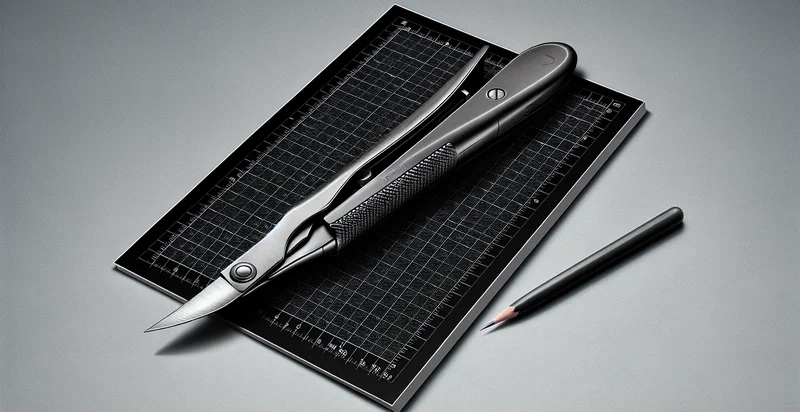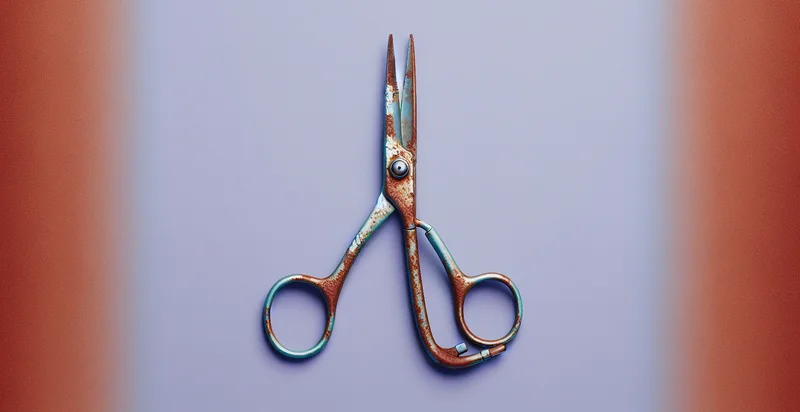Identify if an object is a scapel
using AI
Below is a free classifier to identify if an object is a scapel. Just upload your image, and our AI will predict if it is a scalpel - in just seconds.

Contact us for API access
Or, use Nyckel to build highly-accurate custom classifiers in just minutes. No PhD required.
Get started
import nyckel
credentials = nyckel.Credentials("YOUR_CLIENT_ID", "YOUR_CLIENT_SECRET")
nyckel.invoke("if-an-object-is-a-scapel", "your_image_url", credentials)
fetch('https://www.nyckel.com/v1/functions/if-an-object-is-a-scapel/invoke', {
method: 'POST',
headers: {
'Authorization': 'Bearer ' + 'YOUR_BEARER_TOKEN',
'Content-Type': 'application/json',
},
body: JSON.stringify(
{"data": "your_image_url"}
)
})
.then(response => response.json())
.then(data => console.log(data));
curl -X POST \
-H "Content-Type: application/json" \
-H "Authorization: Bearer YOUR_BEARER_TOKEN" \
-d '{"data": "your_image_url"}' \
https://www.nyckel.com/v1/functions/if-an-object-is-a-scapel/invoke
How this classifier works
To start, upload your image. Our AI tool will then predict if it is a scalpel.
This pretrained image model uses a Nyckel-created dataset and has 2 labels, including Is Not Scalpel and Is Scalpel.
We'll also show a confidence score (the higher the number, the more confident the AI model is around if it is a scalpel).
Whether you're just curious or building if an object is a scapel detection into your application, we hope our classifier proves helpful.
Related Classifiers
Need to identify if an object is a scapel at scale?
Get API or Zapier access to this classifier for free. It's perfect for:
- Surgical Instrument Verification: The scalpel identifier can be used in healthcare settings to automatically verify that the correct surgical instruments are present before a procedure begins. This can help reduce the risk of surgical errors and improve patient safety by ensuring all necessary tools are accounted for.
- Inventory Management in Hospitals: The object identification function can streamline inventory management in operating rooms by tracking the usage of scalpels and other surgical instruments. By knowing how many scalpels are used and when, hospitals can optimize inventory levels, reduce waste, and ensure timely restocking.
- Quality Control in Manufacturing: Manufacturers of surgical instruments can use the scalpel identifier to ensure quality control during production. By automatically identifying scalpels during various manufacturing stages, companies can ensure that only conforming products make it to market, thus maintaining a high standard of safety.
- Training and Education: Medical training programs can leverage the scalpel identification system to enhance learning experiences for students. By using augmented reality (AR) or virtual reality (VR) applications, students can interact with realistic simulations where they identify and learn about various surgical instruments, including scalpels.
- Hospital Workflow Automation: Hospitals can integrate the scalpel identifier into their workflow automation systems to improve the efficiency of surgical teams. For instance, the system could alert staff when scalpels need to be sterilized or replaced, ensuring a seamless workflow that minimizes downtime.
- Robotic Surgery Integration: Robotic surgical systems can integrate the scalpel identification function to enhance precision during operations. By accurately identifying scalpels, the robotic system can adjust its operations in real-time, improving surgical outcomes and operational efficiency.
- Forensic Analysis: In forensic laboratories, the scalpel identifier can assist investigators in crime scene analysis. By quickly identifying and cataloging instruments found at a crime scene, law enforcement can build stronger cases and address issues related to weapon identification in criminal investigations.


